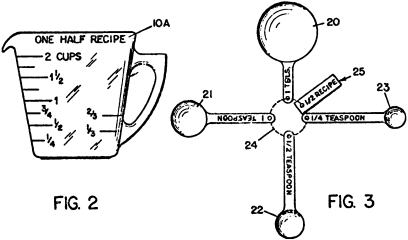by Dennis Crouch
This may be a useful case for patent prosecutors to cite to the USPTO because it creates a strong dividing line for the printed matter doctrine -- applying the doctrine only to cases where the claims recite the communicative content of information.
IOEngine, LLC v. Ingenico Inc., 2021-1227 (Fed. Cir. 2024).
In this decision, the Federal Circuit partially reversed a PTAB invalidity finding against several IOEngine patent claims. The most interesting portion of the opinion focuses on the printed matter doctrine. Under the doctrine, certain "printed matter" is given no patentable weight because it is deemed to fall outside the scope of patentable subject matter. C R Bard Inc. v. AngioDynamics, Inc., 979 F.3d 1372 (Fed. Cir. 2020). In this case though the Federal Circuit concluded that the Board erred in giving no weight to IOEngine's claim limitations requiring "encrypted communications" and "program code."
The printed matter doctrine a unique and somewhat amorphous concept in patent law that straddles the line between patent eligibility under 35 U.S.C. § 101 and the novelty and non-obviousness requirements of §§ 102 and 103.
To continue reading, become a Patently-O member. Already a member? Simply log in to access the full post.
